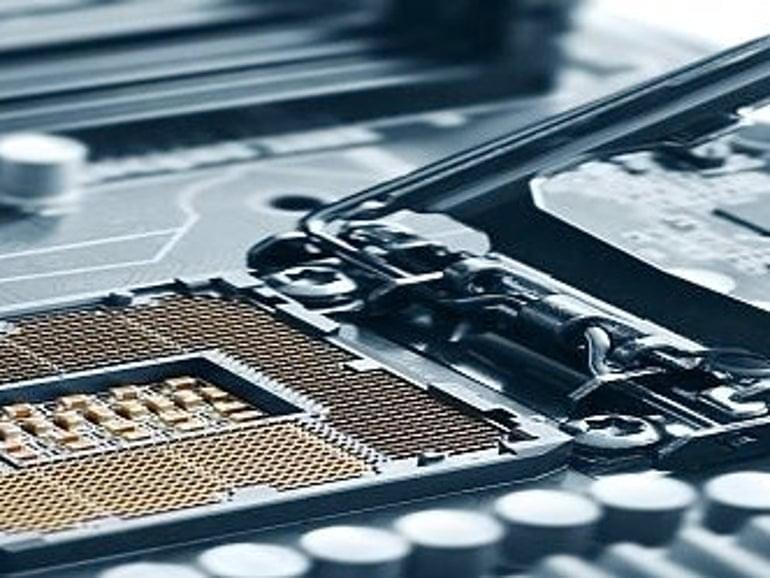You may have heard about Spyros Panapoulos Automotive (SPA) before. It made the news a few times in 2020 before things went quiet for a while, but now it’s back.
The Spyros Panapoulos Automotive Chaos was scheduled to debut at the 2021 Geneva Motor Show, but that never happened. Considering that this is a small startup that likely had a lot riding on the exposure it would have got had the show gone ahead, it’s no surprise that the company has been dormant.
Now SPA has announced its revival on Facebook with a post that includes several images of the Chaos, all computer-generated. Commenters called SPA out on this, but CGI images often highlight certain features that are impossible to capture on camera. unfortunately, the post doesn’t reveal much other than the fact that only 20 units of the Chaos will be built and that models will be made available on every continent.







